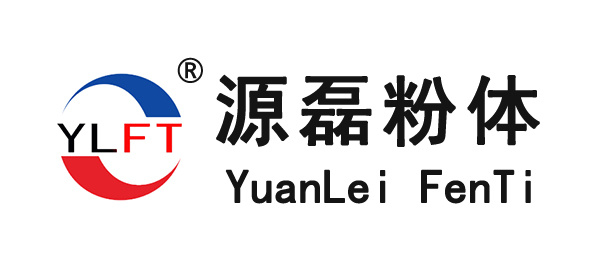hello, welcome to guangdong source lei powder limited company website!
Yuan Lei tells you about the application of non-metallic mineral materials in the field of rubber.
Release time:
2024-01-29 09:35
Yuan Lei tells you about the application of non-metallic mineral materials in the field of rubber.
Illite has a good dispersion, and the internal manganese, copper and other harmful elements content is low, after modification, can be used as a rubber filler. The rubber added with illite is not easy to age, and the constant elongation stress is between the two, while the hardness and elongation at break of the rubber have no large fluctuations.
Non-metallic, rubber, filler, talc, as, able, dolomite, calcium carbonate, modification, matrix
Yuan Lei little knowledge | Application range of wollastonite powder
2024-04-18
Yuan Lei little knowledge | Application range of wollastonite powder |Scope of application| Wollastonite crystals fluoresce under ultraviolet light, and sometimes phosphorescent. Mainly used in ceramics, coatings, plastics, rubber and other industries. Wollastonite powder has needle-like, fibrous crystal form, high whiteness and unique physical and chemical properties, and is widely used in ceramics, paints, coatings, plastics, rubber, chemical industry, paper making, welding rod, metallurgical protection slag and as asbestos substitute.
Yuan Lei knowledge | What is wollastonite powder
2024-04-10
Wollastonite powder is a chemical with the formula Ca3(Si3O9). Let's take a look at what wollastonite powder is.
2024-04-01
Yuan Lei little knowledge | The application of barium sulfate in general plastics and engineering plastics

